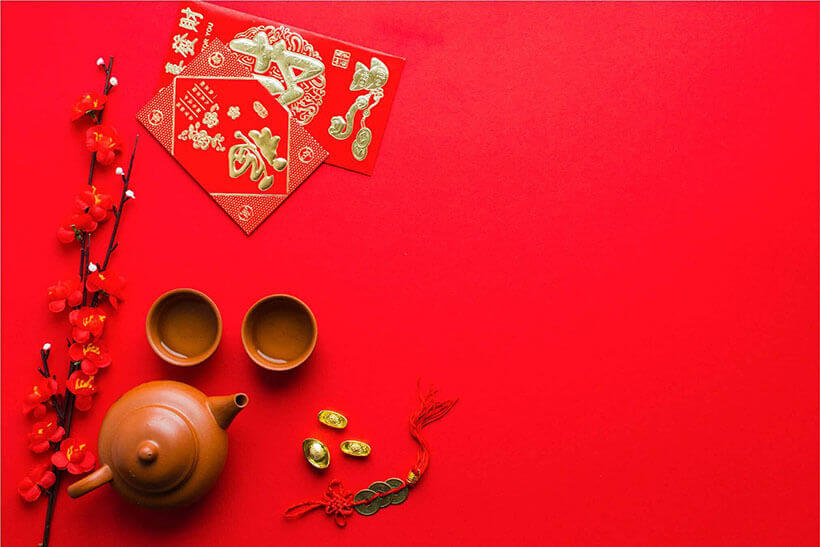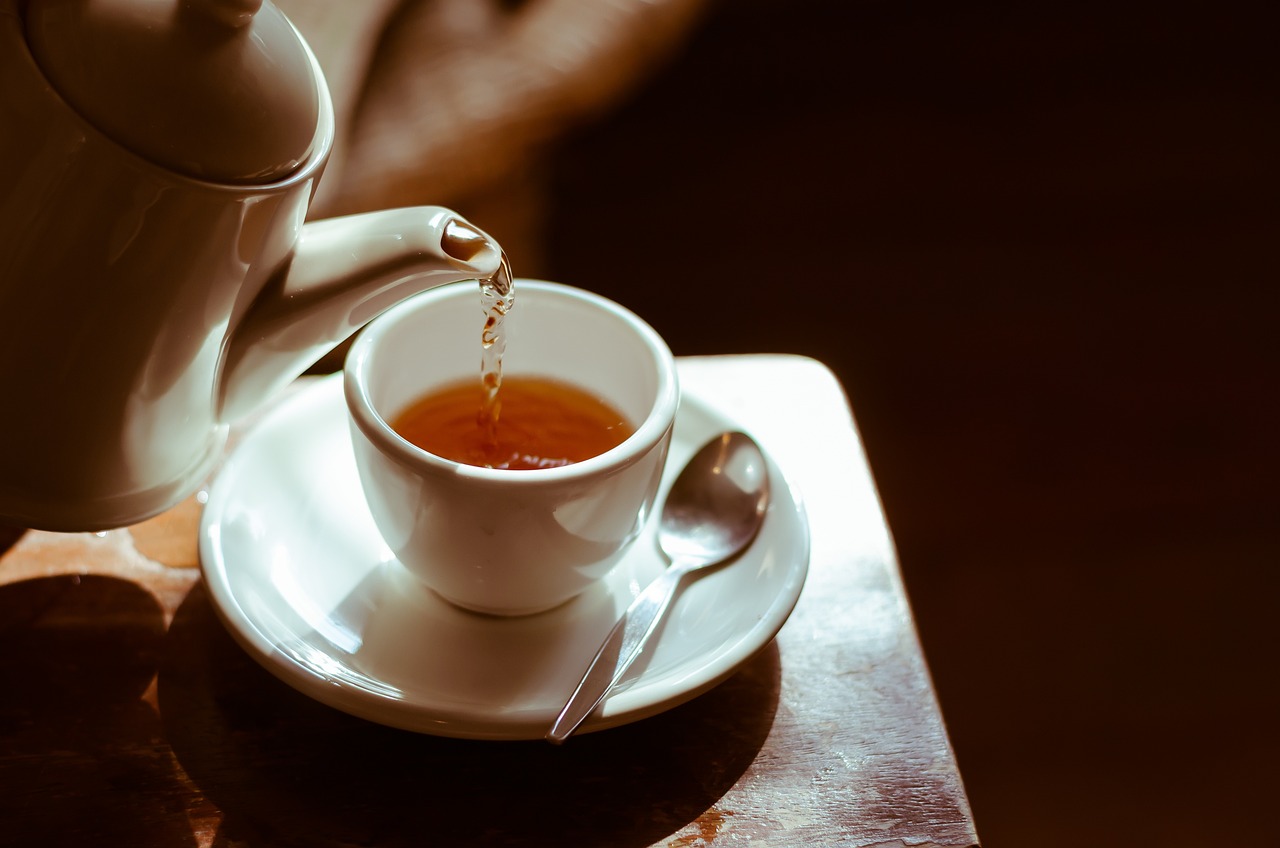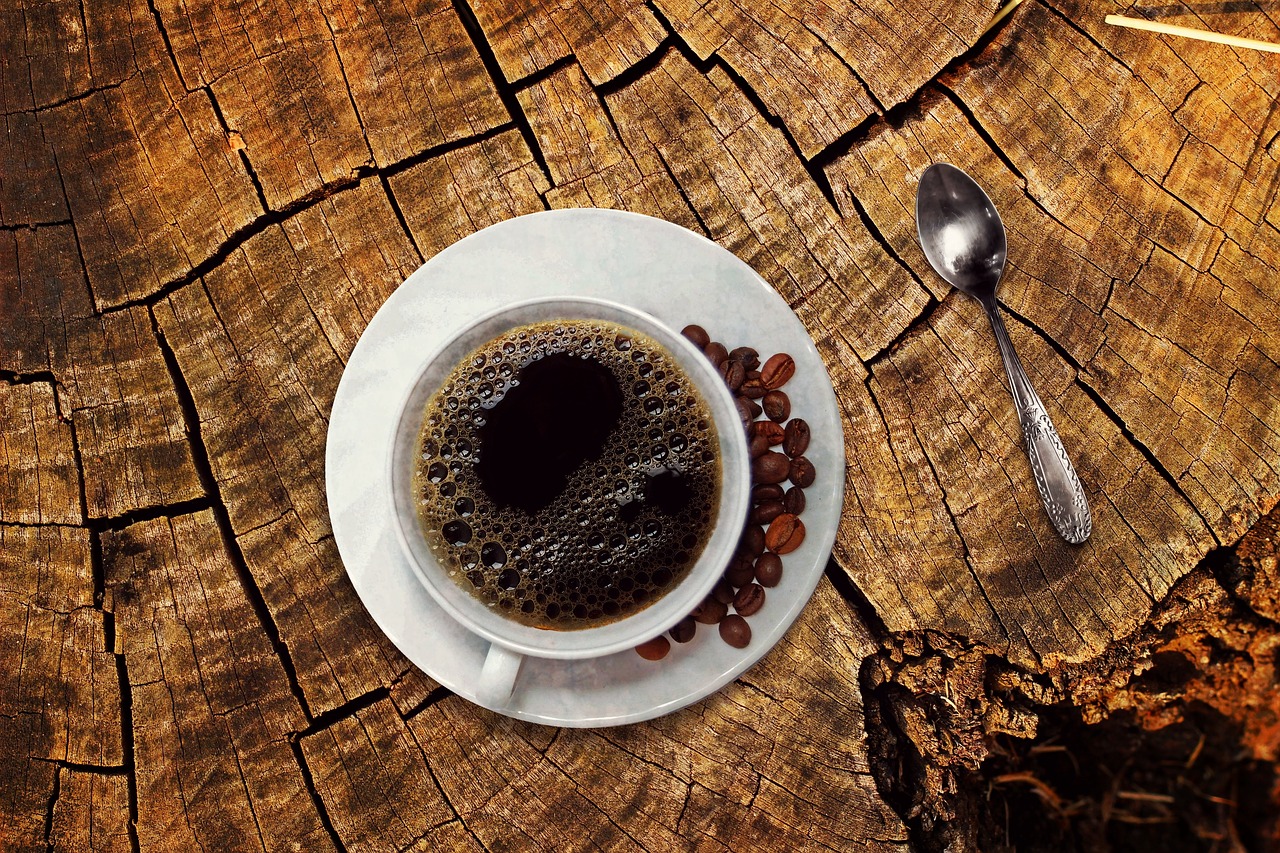Tea was first accidentally discovered by a Chinese emperor named Shen Nong while purifying water under the shelter of a tree. Some leaves fell into the pot of boiling water and eventually when the emperor tasted it, he realized that it was impeccable not only in taste but also in colour and aroma.
Similarly in India there’s another legend which talks about a Prince Dharma who left his homeland to teach Buddhism in China. He took a vow to never sleep during his nine year mission. When his third year was almost ending he was getting crushed under the weight of sleep deprivation and was on the verge of giving in, but instead grabbed and chewed a few leaves of a tea shrub resulting in the fatigue instantly leaving his body.
But what the tea traditions that are followed all over the world? Here’s a list of some crazy yet delicious tea traditions from all over the globe!
Morocco: Touareg Tea also known as Maghrebi Mint tea is a mix of green tea leaves, mint and sugar. The flavour of the tea varies slightly each time it is poured. It is poured from up high into delicate slim glasses and served three times to guests. This ritual is basis their proverb which states ‘The first glass is as gentle as life, the second is as strong as love and the third as bitter as death’. Refusing any of these servings is considered highly rude.
Tibet: The traditional tea of Tibet also known as Po Cha, is made by boiling a brick of Pemagul Black tea for hours. Following that, milk, salt and yak butter are added to the tea and the mixture is churned together for hours after. This blend is supremely comforting in high altitudes and cold climates where it has a soup like consistency.
India: India is known for mixing tea with spices. Tea in India is popularly known as ‘chai’ and the country is an enormous consumer and producer of tea. Chai blends that mix black tea leaves with spices like cinnamon, ginger, nutmeg, cardamom, pepper and cloves is what defines the tea tradition in the country. Vendors on streets also called “chaiwalas” sell tea in tiny clay cups. Some people consider the dust of these clay cups to be a crucial ingredient to get the true taste of this national drink.
Argentina: Yerba mate (pronounced ma-tay) is an herb tea made from its titular herb. It’s a staple of Argentinian life and is also known as ‘the drink of gods’. It is prepared in a small pot or a dried Calabaza gourd and is drunk through a special straining straw called ‘bombilla’. This is revived with more hot water and passed around a gathering so that all might share its tea and bond. It’s considered to be an insult if you say “thank you” in this situation as it’s seen as declining the drink; it’s also insulting to stir the brew with the bombilla as it questions the abilities of your host. Traditionally it is served without a sweetener.
Russia: Russia is known for Zavarka, a loose leaf tea concentrate, brewed in a small metal container called a Samovar. A very strong black tea is brewed and served in large mugs. However you are not to completely fill the mug but instead take an inch or less of this powerful concoction and then tame it with boiling water. It is considered extremely rude to serve zavarka without crackers, cookies or some other munchable.
Taiwan: Bubble Tea originates from Taiwan. It was invented by accident when a manager accidentally dropped tapioca balls from her dessert into her tea during a meeting. It is a high calorie treat, the base of which is an iced tea with powdered milk and sugary syrup. The bubbles are made from tiny tapioca balls which is a starchy white grain.
All these traditions are evidence that a tea’s purpose is not solely to quench thirst or be served to guests. Tea has been a part of many cultures since decades and all tea traditions have something important to say.









